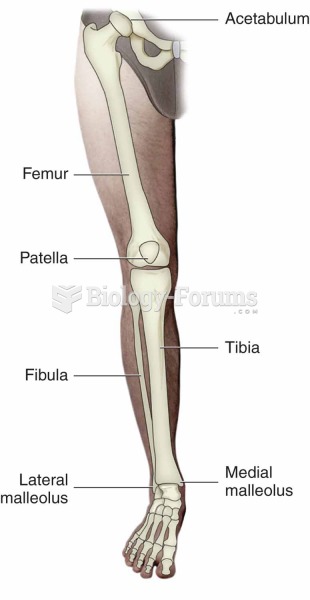Answer to Question 1
A
Maslow's (1987) model describes human needs using a hierarchical pyramid divided into five levels: physiological needs, safety and security, love and belonging, self-esteem, and self-actualization.
Answer to Question 2
C
Perception occurs when the pain impulse ascends to the brain, the central nervous system extracts information such as location, duration, and quality of the pain impulse. Modulation occurs when a person perceives a harmful impulse, the brain releases inhibitory neurotransmitters such as endogenous opioids, serotonin, norepinephrine, and gamma-aminobutyric acid (GABA). The neurotransmitters hinder the transmission of pain to help produce an analgesic effect. Transmission is the cellular damage from thermal, mechanical, or chemical injury results in the release of excitatory neurotransmitters such as prostaglandins, histamine, bradykinin, and substance P. These pain-sensitizing substances surround the pain fibers in the extracellular fluid, spreading the pain message and causing an inflammatory response. The pain stimulus enters the spinal cord via the dorsal horn and travels one of several routes until ending within the gray matter of the spinal cord. At the dorsal horn substance P is released, causing a synaptic transmission from the afferent (sensory) nerve to spinothalamic tract nerves, which cross to the opposite side. Transduction converts energy produced by these stimuli into electrical energy. The process begins in the periphery when a pain-producing stimulus sends an impulse across a sensory peripheral pain nerve fiber (nociceptor), initiating an action potential. Once transduction is complete, transmission of a pain impulse begins.







